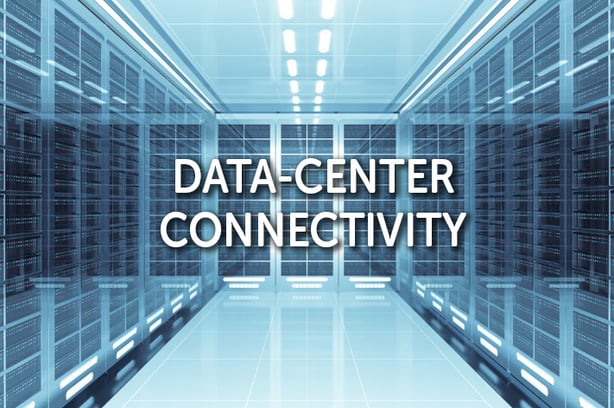Surprisingly enough, the answer is yes…
We always WANT more capacity, whether at home, on our mobile, or at the office. More capacity means more applications, a better user experience, shorter downloading and uploading times, and more. Anyone that moved from a DSL connection to a 1Gbps connection to the home will tell you the difference is clear. But what about more than 1Gbps? What about more than 10Gbps? Do we really NEED that much? In many cases, we sure do.
Let’s take the move towards the cloud for business customers as an example. As described in a previous post, small and medium businesses (SMBs) and large enterprises are offloading much of their internal ICT infrastructure and services to cloud applications. This means that their connections to the outer world undergo a dramatic change, as they start to carry massive amounts of traffic previously sent to internal servers. High capacity becomes much more important for business continuity too. SMB and enterprise connectivity, therefore, is growing from the 10s and 100s of Mbps realm to the multi-Gbps domain. True, 10Gbps is typically more than enough for most customers, but if you look at medium and large enterprises, they will probably need to go beyond the 10Gbps mark.
There is also the other end of this equation. Even if a single SMB’s traffic can be accommodated by a 10Gbps connection, this traffic does not dissolve into thin air. The destination of the SMB’s XaaS traffic is typically a data center, which receives traffic from many additional similar customers. This aggregated traffic adds up and will require a connection that is faster than 10Gbps.
While data centers are typically well connected to a fiber network, a mobile operator, fixed operator, or ISP that connects its customers to a data center will seek additional connection options. Wireless point-to-point transmission is a good option as it will be faster to deploy and lower in cost, and it can serve as an extremely important backup to a fiber connection or a leased line. When it comes to large enterprises requiring more than a 10Gbps connection, the wireless option is even more attractive; fiber is not necessarily available, it’s costly, and it induces a longer time to service. Since those customers will also require a backup connection for their extremely important traffic, this may necessitate a wireless connection even if fiber is available.
So, yes, we do need a higher-capacity connection, and we need it wirelessly.
The IP-50E universal E-band radio introduces ultra-high capacity of up to 20Gbps to your network. Wherever you need fiber-like capacity for backhaul or wireless access applications, the IP-50E is your cost-effective and easy-to-deploy fiber-replacement solution.
To learn about advanced wireless hauling solutions


